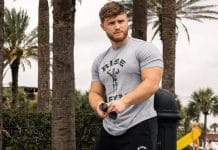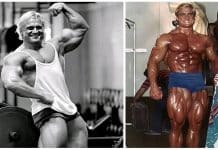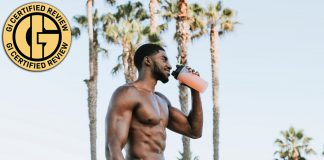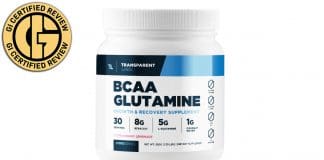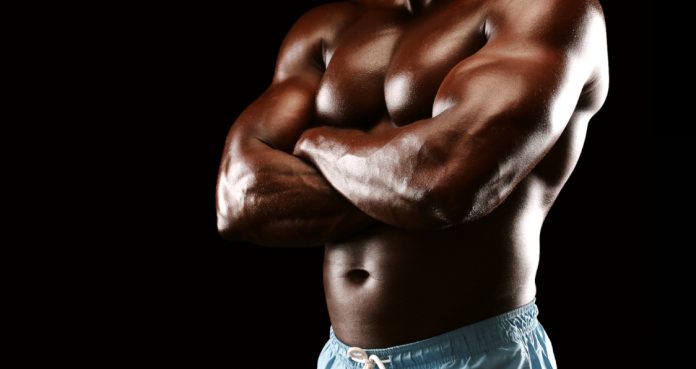
Zottman Curls For Forearm Strength Training
Building strength in the forearms is just as important as training the actual biceps and triceps. The forearms are like the calf muscles of the arms, and just like having small calves, you do not want to get caught with small forearms. Often grip strength is used as a measure and indicator of health and fitness (1). However, for many, developing the muscles of the upper arms is a priority while the forearms often get neglected. As a result, the upper biceps develop well yet the forearms fail to adapt at similar rate which leads to imbalances in strength and size. In this piece, we detail the number of ways to grow the forearms with Zottman curls and why you shouldn’t neglect to train them.
While forearm training will bring about increases in size, strength and definition there are a number of other, less obvious, benefits associated with forearm training.
Benefits of Forearm Training
Regular forearm training can have a positive impact on gym performance and daily function. Strong forearms can facilitate a greater performance for many compound exercises, such as the deadlift and bench press where having a strong grip is essential. Improving grip strength generally can have a positive impact on simple day to day activities – for example, carrying heavy grocery bags or opening stiff jars.
Regularly performing forearm based exercises can also help to reduce the risk of experiencing injury – specifically around the elbow and wrist joints. Sprains or strains are fairly common injuries that can occur instantly or develop over time (2) and often result from weaknesses around a specific joint. Therefore, strengthening the forearm will have a consequent positive impact on both the elbow and wrist joint.
The Zottman Curl
When it comes to forearm training, one of the best exercises to hit that muscle group is the Zottman Curl.
What is it? The Zottman Curl is an exercise that was created by George Zottman and has been around since the 19th century. It is a curl that will target both the biceps, as well as the forearms all in one exercise.
How To Perform A Zottman Curl
The following 4 coaching points will demonstrate how to effectively perform the Zottman curl. Be aware that this exercise can be performed unilaterally (one arm at a time) or bilaterally (both arms simultaneously).
1) Selecting an appropriate weight and grab the dumbbells using a thumbless, supine (palms up) grip – this will immediately make gripping the dumbbell harder and force the forearm muscles to contract.
2) Before starting the movement, ensure that the elbows are tucked in tightly to the ribcage. From that position, focus on contracting the biceps and hinging at the elbows until the dumbbells rise up to roughly shoulder height.
3) At this point, focus on squeezing the biceps for 1-2 seconds. Before beginning the lowering phase, rotate the entire arm so that the dumbbells are now being held in a prone (palms down) position.
4) In a controlled fashion, begin to lower the dumbbells back down to the hips. Once the dumbbells have returned to the starting position, rotate the arms again and return to a supine grip.
Zottman Curl Tips
Using lighter weights to start with this exercise will prove more beneficial than jumping right into heavier ones. While you may be able to curl a solid amount of weight, you have to remember that your forearms may not be as strong as your biceps. Forcing more weight on your forearms than they can take will only lead to unwanted pain and stress that can lead to injury.
Performing these nice and slow will also really work on the time under tension you put your muscle through while also enhancing mind-muscle connection to really work on seeing great gains.
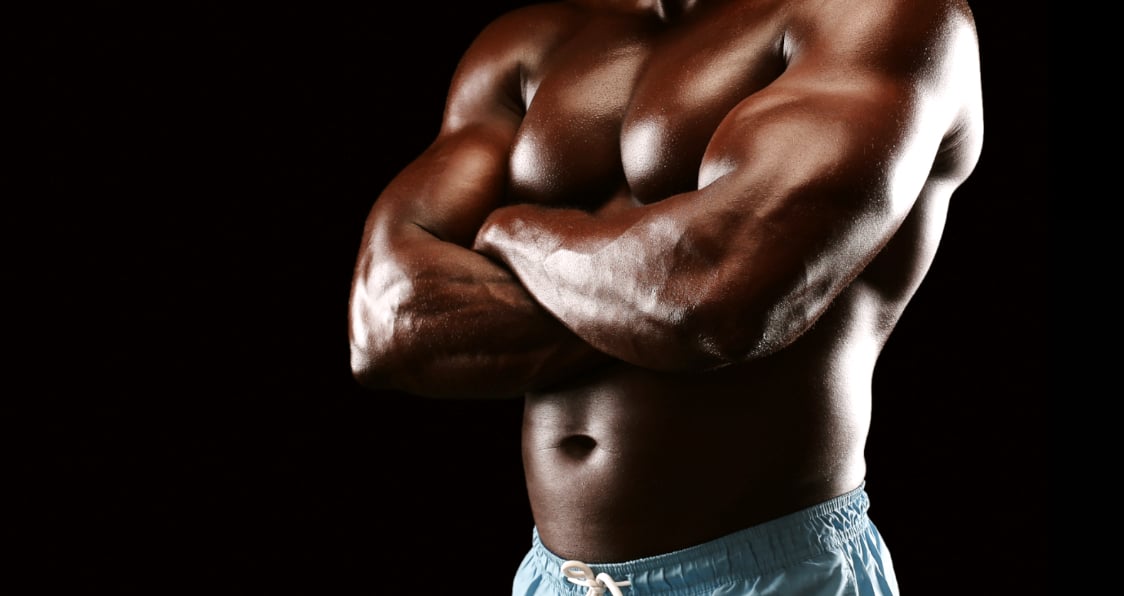
Zottman Curl Benefits
A commonly used forearm resistance exercise is the reverse bicep curl which involves a pronated grip throughout. The benefits of the Zottman curl over the reverse curl is that by using a supinated grip in the first phase it is possible to lift a heavier weight and therefore put more stress through the arms.
One thing to keep in mind when focusing on the on a movement like this is how important the mind-muscle connection is. Essentially, you need to be locked in throughout the entire movement focusing on the squeeze. The eccentric contraction (lowering phase) produces more force than a concentric contraction (drive phase) and therefore, look to lower the weight slowly and maintain control throughout in order to maximize forearm activation. This technique is known as eccentric or negative training and has been found to be effective for building strength (3).
As briefly mentioned in the coaching points, a thumbless grip places a greater demand on the muscles of the forearm. Removing the thumb from the equation makes gripping the weight highly challenging and, as a result, the fingers have to squeeze hard to prevent the weight from slipping from the hands.
Therefore, it is clear that the Zottman curl is excellent for placing an increased load on the biceps and for maximizing the eccentric contraction of the forearm muscles. Not to mention, by working both your biceps and forearms, this allows for more efficient workouts and less time in the gym. Less time in the gym is not a bad thing, for it could be spent recovering, where muscle is built, or spending time away doing more things you love.
Another thing the Zottman curl does, is it offers a change of pace. Doing the same old exercises can be boring and can also lead to you hitting a plateau. Don’t let your gains stop and throw in this exercise to really shake things up with your muscles. Adding in a fresh workout can enhance growth and keep your training sessions interesting.
Finally, grip strength increasing is a benefit of Zottman curls. This is something we all take for granted and while we may not need a monster grip to deadlift an ungodly amount of weight, having functional grip strength for everyday tasks is important to have. Through the reverse part of this exercise, you strengthen your grip and hit all the muscles associated with it.
How It Differs From The Bicep Curl
While the traditional bicep curl is a great exercise, and one that works well when performed doing drops sets, the Zottman differs in that it provides that extra element by rotating at the top to really hit the forearms on the way down. You get all the benefits of a bicep curl with the bonus of targeting more muscles, and even smaller muscles that are often overlooked, while still performing a safe and effective lift. You can do these seated or standing, as well as alternating arms, so all of what you can do with a traditional bicep curl can be done with the Zottman curl and then some.
Zottman Curl Programming
The Zottman curl can be performed for a variety of sets and reps depending on one’s fitness goal.
- Those looking to build muscle size, should perform 3-4 sets of 8-10 reps as this volume is optimal for muscular hypertrophy.
- It can also be used as an effective high-rep finisher at the end of a workout. Completing 2-3 sets of 20-30 reps will be more than enough to bring about a great pump.
Finally, the Zottman curl can be used as effective preparation for a forthcoming workout – specifically for any exercises that require any degree of elbow flexion. If using this exercise as a warm-up, avoid heavy weight and muscular failure. Heavy loads will use up valuable energy that is required for the ensuing workout, whereas light loads will effectively warm the tissues without excessively burning up energy.
Final Word
There is no doubt that the Zottman curl is a highly effective arm building exercise which simultaneously places a load on the forearms and biceps. In terms of forearm building exercises, the Zottman curl should be regarded as one of the most effective as regularly performing this exercise will lead to a simultaneous increase in strength and size of both the forearm and upper arm.
For more news and updates, follow Generation Iron on Facebook, Twitter, and Instagram.
References:
1 -Publishing, Harvard Health. “Give grip strength a hand”.
2 -“Sprains and Strains”. medlineplus.gov.
3 – Information, National Center for Biotechnology; Pike, U. S. National Library of Medicine 8600 Rockville; MD, Bethesda; Usa, 20894 (May 30, 2018). Golfer’s elbow: Strengthening and stretching exercises. Institute for Quality and Efficiency in Health Care (IQWiG).


